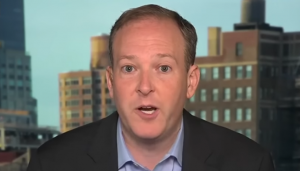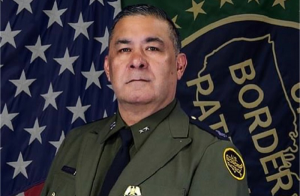Prime Minister Narendra Modi turned 71 on Friday. Born on September 17, 1950, in Vadnagar, Mehsana district of Gujarat, Narendra Damordas Modi’s incredible story of selling tea at the railway station to become the prime minister of the world’s largest democratic country has been told umpteen times. He has won several elections en route to his journey to the top. But what made Modi contest his first-ever election?
Narendra Modi’s first election from Rajkot
Bharatiya Janata Party‘s Gujarat unit spokesperson Rajubhai Dhruv shared the story with Opoyi of the beginning of Modi’s electoral journey. Recalling the chain of events, Dhruv said that BJP was quickly losing its hold in the state by 2002, dissatisfaction among the people of Gujarat with the BJP was growing in 2002, which was evident from the fact that the party had lost bypolls in Sabarkantha, Sabarmati and Mahuva. Sensing the mood of the people, the BJP central leadership removed Keshubhai Patel from the CM post and asked Narendra Modi to take charge. However, as per the rules, he had to contest a by-election within six months of getting the post.
Modi enjoyed a great rapport with party workers, leaders and people within the organisation. Several cabinet ministers and MLAs had then offered to resign to make way for Modi to contest the by-election. It was the party’s veteran leader and Rajkot-2 MLA Vajubhai Vala who proposed that Modi should contest from his seat as he was ready to step down. But Modi, though overwhelmed by the cadre support, said that he would contest from wherever his party wants. The BJP then decided to field Modi from Rajkot 2 Assembly seat which was considered to be the party’s stronghold.
Modi defeated Congress candidate Ashwinbhai Mehta by over 14,000 votes in the by-election thus marking his first electoral victory.
2002-2014 – The Modi model of development
Narendra Modi remained Gujarat chief minister from 2002 to 2014, when he was named as the NDA’s prime ministerial candidate. During his 12-year stint, Modi transformed the state and his Gujarat Model of Development was widely appreciated, Rajubhai Dhruv told Opoyi.
The devastating earthquake of January 26, 2001, had caused mass-scale destruction across the state. The Bhuj region was in ruins. Modi faced the daunting task of rebuilding the state and particularly Bhuj. He took it as a challenge and worked hard to bring Bhuj back on its feet. The region is now known for its industries. Restoring the region after such devastation is still considered to be one of the biggest achievements of Narendra Modi, Dhurv said.
Apart from that, Modi’s decision concerning the Sardar Sarovar dam due to which Narmada river water reached lakhs of farmers in the Saurashtra region will be remembered for long. As the CM of Gujarat, Modi launched innumerable developmental projects and welfare schemes which made him more popular among the masses, Dhruv went on to add. Modi’s idea of Vibrant Gujarat Summit attracted multiple international projects helping the state economy grow rapidly, he said.
PM Modi spent his last birthday in his home state, reviewing programmes and projects including the 182m-long (597 ft)
Statue of Unity and the Sardar Sarovar Dam on the river Narmada. He also opened the “Namami Narmade Mahotsav”.
(Disclaimer: This article was first published on September 17, 2020)






